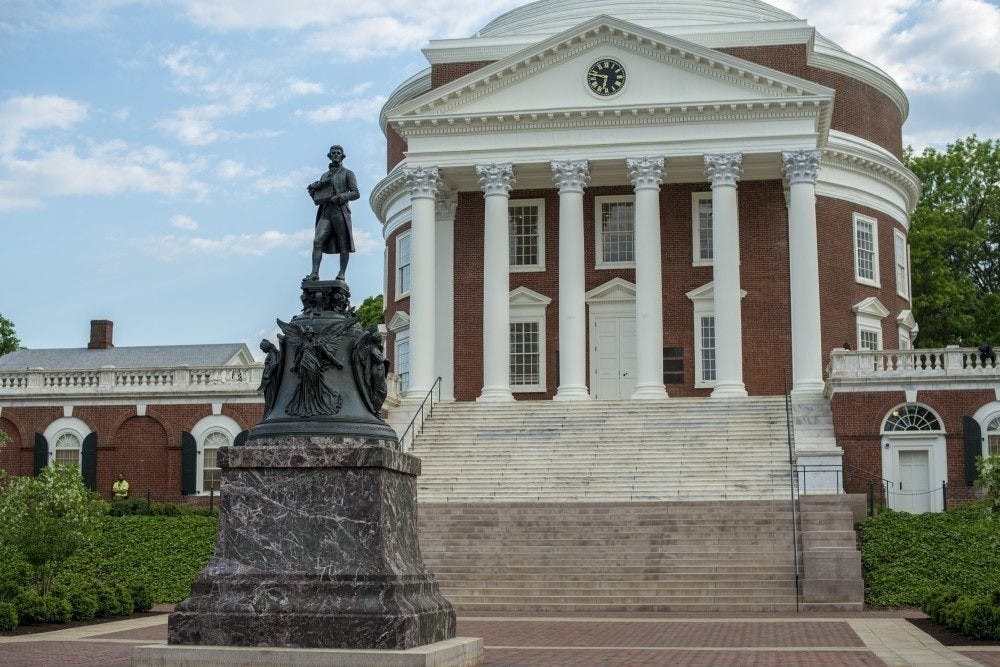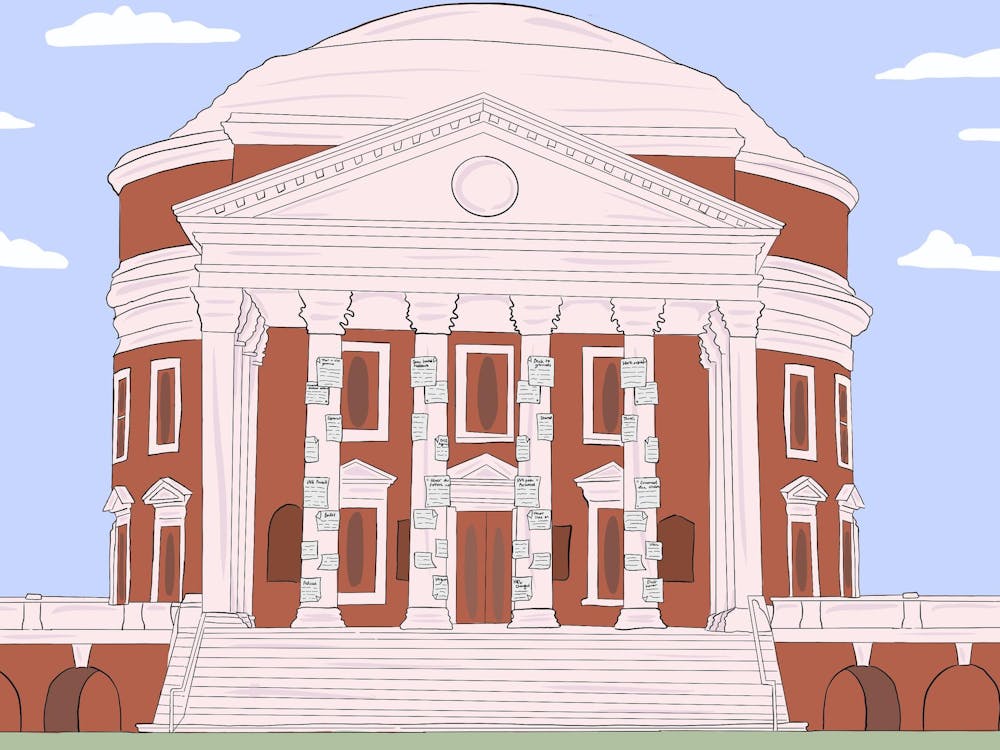Over the weekend, The Cavalier Daily broke the story that the University’s administration was deploying resources to aid applicants connected to wealthy donors. A similar incident occurred in 2017, when it was revealed the University had a “heads-up” list of individuals for them to look out for and give special treatment during the application process.
In the aftermath of the 2017 scandal, Student Council commissioned a laughable report that came to no conclusions. The problem was then shelved when then-Student Council President Sarah Kenny said the scandal was not a priority for her administration. It is unclear what actions, if any will come of this newest revelation, but The Cavalier Daily’s recent findings are just one example of a much bigger problem in the higher education landscape in this country that tips the scale in favor of a rich — largely white — elite.
Examples of the rich buying their way into prestigious colleges have been made common knowledge following reporting on the “Varsity Blues” scandal, but there are several legal policies, such as legacy admissions, connections to donors and athletic status that disproportionately help wealthy applicants.
One particularly egregious example of preferential treatment for the rich occurs at Harvard University, arguably the most prestigious institution in the United States. There, 43 percent of all white students were either connected to Harvard through donors, legacy status or athletics. One analysis concluded that without these advantages, only 14 percent of this overwhelmingly white group of students would have been admitted based on their academic credentials. Moreover, these estimates also find that white legacy and athlete admits have a much higher acceptance rate (34 and 87 percent) to Harvard than African-Americans (13.2 percent) and Harvard’s cumulative 4.9 percent acceptance rate.
Speaking more broadly, a study from researchers at Princeton University found that, “admission bonuses for athletes and legacies rival, and sometimes even exceed, the size of preferences for underrepresented minority applicants,” which puts into perspective exactly how much help well-off applicants get during this process.
Advantages for the wealthy in the college admissions cycle unfortunately do not end there. At many struggling private colleges that have been facing low enrollment numbers, lower achieving wealthy students are given preferential treatment due to their ability to pay full tuition rates. This financing system unfortunately often elevates rich and disproportionately white applicants for no other reasons aside from the fact that they are able to afford it over more qualified and often minority, low-income students.
Even without preferential treatment in the admissions process, the entire way students are admitted to colleges in the United States is stacked in favor of the wealthy. Success on standardized tests is highly correlated with the family income of the student who is taking it and are a worse predictor of college success than high school grade point averages. Additionally, rich families can pay for armies of tutors, professional essay writers and expensive extracurriculars to help craft an application that will look appealing to admissions offices at prestigious schools.
Given this landscape, it is not surprising that less than one percent of children from the bottom fifth of the income distribution attend prestigious colleges, compared to around one in four rich children. It is also important to note that whites make up 82 percent of the top 1 percent of earners in the United States.
And while it is not particularly surprising that many private universities have preferential admissions, what is so troubling about the recent revelations regarding the University is that it is happening at a public institution. As a public college, that receives state dollars, U.Va. is meant to serve the whole public, not just the richest among us. By catering so brazenly to the well-connected, the University is failing to serve as a vehicle of upward mobility for the underserved in the Commonwealth.
But don’t take my word for it, the data shows that 67 percent of all University students come from the top 20 percent, the median family income of a student here is $155,500 a year and a relatively low percentage of pell grant recipients study at U.Va.
Because the educational landscape is so clearly tilted toward the well off, it is important that prestigious public colleges like the University ask themselves seriously who they really want to serve. The administration should be mindful that having a watch list and any other programs that disproportionately serve the wealthy more generally, are yet another signal for the poor kid — who already probably views the University as an elite institution — that U.Va. is not really a place for people like them.
Jacob Asch is the Executive Editor for The Cavalier Daily. He can be reached at j.asch@cavalierdaily.com.







